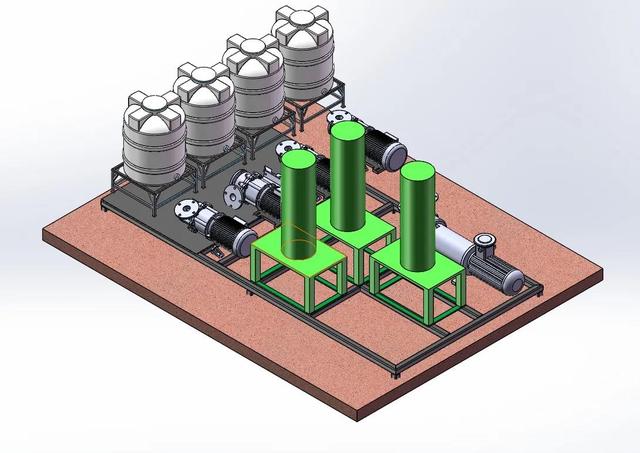Definition: The prickles protruding from the hair surface of copper foil are called burrs.
1. The content of insoluble particulate impurities in the electrolyte exceeds the standard. Pure, impurity free, uniform and stable electrolyte is of high quality Electrolytic copper foil Preconditions for. In actual production, some impurities inevitably enter the electrolyte through the addition of raw copper, waste foil, water and acid, as well as the wear and corrosion of equipment itself. Therefore, the electrolyte often contains various impurities such as metal impurity ions, molecular groups, organic substances, insoluble particles (such as silicon dioxide, silicate, carbon), and most of these impurities have a negative impact on the quality of copper foil, Effective methods shall be adopted to control impurities within reasonable concentration range as far as possible. Metal impurity ions are mainly controlled from raw materials, and organic matters are mainly removed by activated carbon adsorption. The electrolyte impurities described in this paper mainly refer to insoluble particles, which are mainly removed by diatomite filter and fine filter.
Statistically, it is found that the content of insoluble particles in electrolyte is 0.45 μ M microporous membrane suction filtration, calculated according to the quality difference before and after the suction filtration) When it exceeds 0.2 mg/L, no matter how other parameters are adjusted, the burr cannot be eliminated, and the higher the impurity content, the more obvious the burr. It can be seen that the excessive impurity content is one of the reasons for the burr. This is mainly because the copper powder suspended in the electrolyte is easy to be adsorbed around the impurity aggregates and adsorbed on the cathode roll under the action of the current when it is transported to the electrolytic cell. With the thickening of the copper deposit layer, the copper powder is mixed on the copper foil and forms a burr like tumor.
2. Copper acid content in copper dissolving tank is out of balance. The copper acid content in the copper dissolving tank is an important copper dissolving parameter, which directly affects the stability of the solution from the source. The change of copper content in the copper dissolving tank is generally inversely proportional to the change of acid content, that is, the increase of copper content is accompanied by the decrease of acid content, and the decrease of copper content is accompanied by the increase of acid content. According to the field production experience, the higher the copper content in the copper dissolving tank, the lower the acid content, and the more obvious the burr. Generally, when the acid content is lower than 20 g/L, burr defects are easy to appear. This is mainly because when there is too much copper material and insufficient acid in the copper dissolving tank, when the temperature in the tank is high (generally the temperature of immersion type copper dissolving is 80~90 ° C, and the temperature of spray type copper dissolving is 65~75 ° C), the air in the copper dissolving tank is very slightly dissolved, and the solution is oxygen deficient, which leads to the insufficient oxidation of copper material and the inability to fully react with sulfuric acid. A large amount of copper powder and Cu+[4] are easily generated in the copper dissolving tank. On the one hand, with the thickening of the copper foil deposition layer, the copper powder attached to the cathode surface is mixed in the copper layer to form copper spikes; On the other hand, the cuprous chloride precipitate generated by the combination of Cu+and Cl − is also easily mixed in the copper foil to form burrs.





